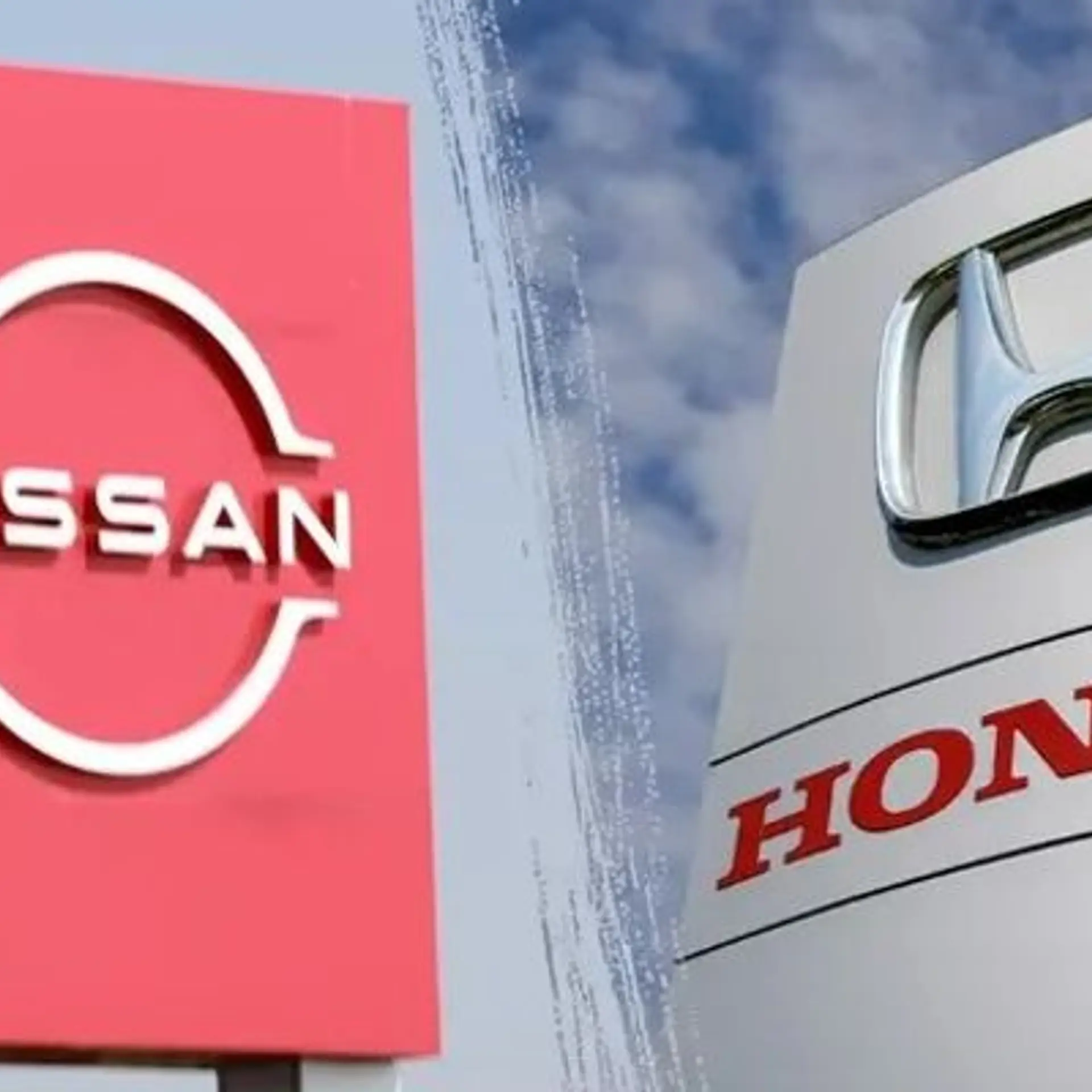Ola to deepen footprint in e-bike taxi space; offer ecommerce delivery services
For the consolidated company, Ola reported an operating revenue of Rs 3,000 crore in FY23 compared to Rs 2,120 crore it earned in the previous year.
Ride-hailing giant 's next big bet is electric two-wheeler taxis.
In a press briefing in Bengaluru on Thursday, Ola said it will now start offering electric two-wheeler rides to capture the large chunk of the market that prefers economical rides. These rides will be at least 30% cheaper on Ola's platform compared to its competitors, the company claimed.
Additionally, the drivers of these electric two-wheeler taxis can also accept food, grocery, and parcel delivery requests on the app, especially during low-traffic times, when the app does not see too many bookings.
Last quarter, the mobility company launched a pilot for its e-scooter bikes in Bengaluru and experienced "great traction" for the service. To date, e-scooters on the Ola platform have already completed more than 1.75 million rides, it said.
To be clear, Ola will only serve as the logistics layer for the delivery of ecommerce goods and orders are largely expected to come from the ONDC platform. It has already purchased 8,000 e-scooters from Ola Electric—its sister entity—last year to seed this offering.
Bhavish Aggarwal, who addressed the media, along with the newly instated CEO Hemant Bakshi, said the electric two-wheeler taxi vertical will continue to follow a marketplace model just like the other options on the Ola platform, but it might support some drivers and taxis initially.
The company will also allow drivers using other non-Ola Electric scooters to enrol on the platform. By 2024 end, the company hopes to complete half a billion rides via electric two-wheelers.

On 0% commission rides
When asked how Ola is combatting competition from 0% commission ride-hailing companies, including Namma Yatri and state-launched players, Aggarwal said there's a lot of room for everyone to play at the moment.
"Mobility is a vastly underpenetrated opportunity, more so than digital commerce." In the long term, he doesn't believe it's a scalable or sustainable format.
"How will you do business? For the time being, giving discounts or 0% commissions is fine, but it will be hard to scale."
"It's just a tactical move to gain market share here or there, and the capital markets don't support you to do it over 5, 10 years or long term. I think, people doing that will have to realise they're burning their way down to hell or something else," Aggarwal quipped.
Reorganisation
Ola said it is organising itself now into three business units:
- Ride-hailing and mobility
- Financial services
- Logistics and ecommerce
The electric two-wheeler taxis will be part of the ride-hailing and mobility business, while logistics and ecommerce will record its deliveries and other use cases beyond ride-hailing.
For the consolidated company, Ola reported an operating revenue of Rs 3,000 crore in FY23 compared to Rs 2,120 crore it earned in the previous year. Its India mobility business reported an adjusted EBITDA of Rs 250 crore in FY23 compared to a loss of Rs 66 crore the previous year.
Edited by Suman Singh








